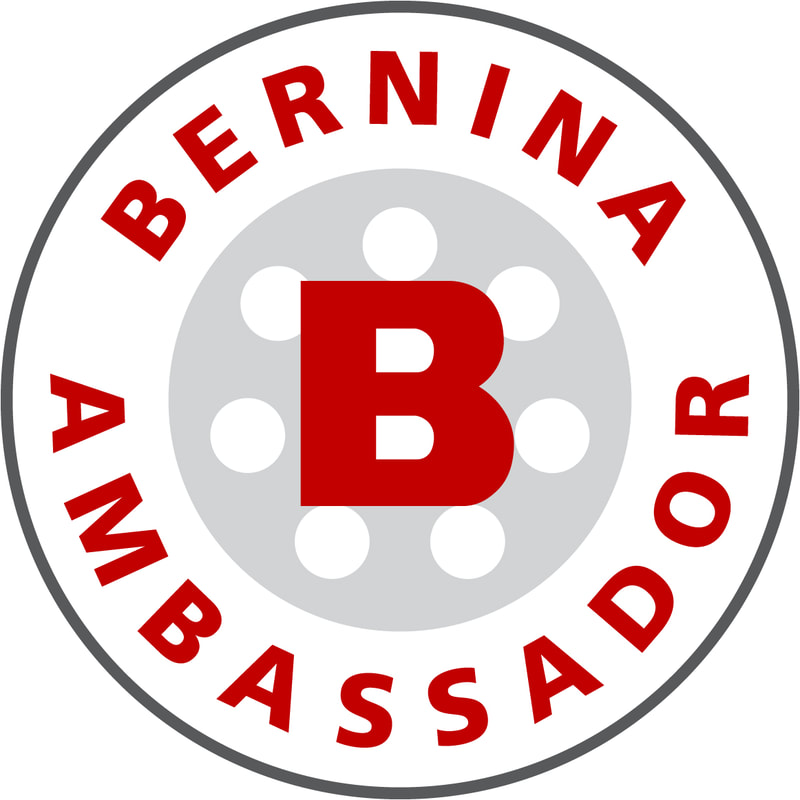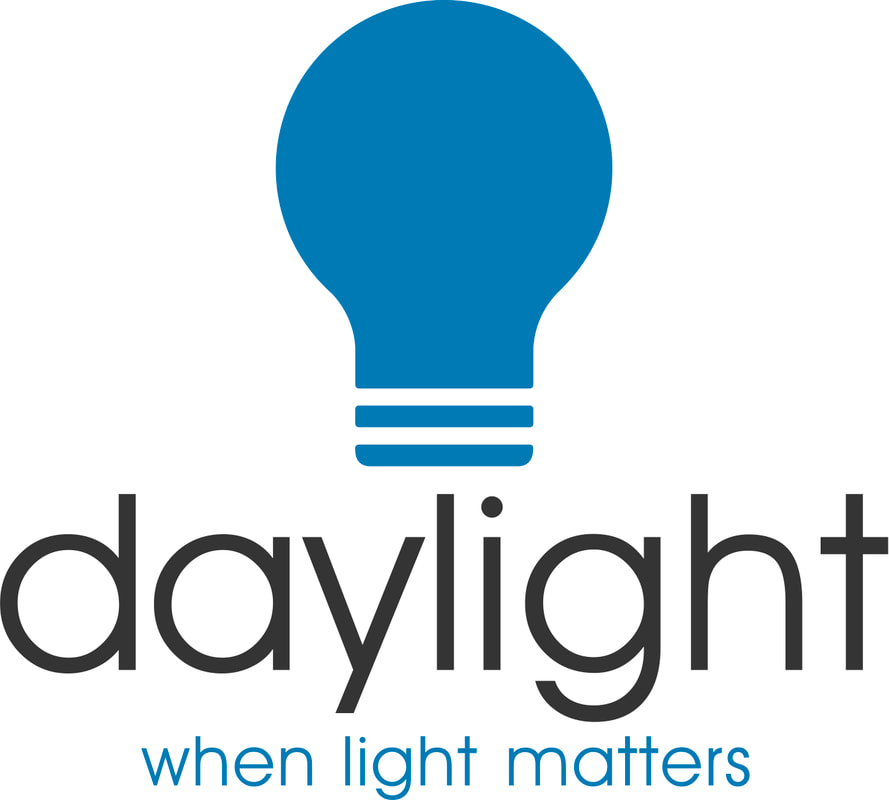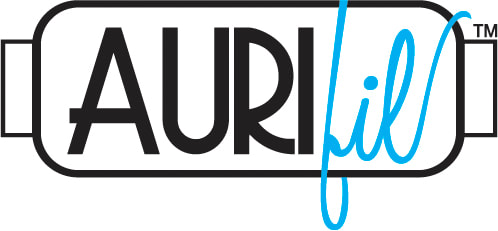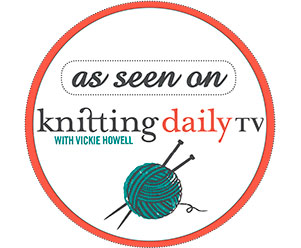The Right Tools for the Right Job Legally required disclaimer: We have compiled a list of all the products mentioned in todays post in our Amazon store and have provided the link to our store at the bottom of this post. If you click on one of the product links in this post or over there in the side bar and purchase a product from an outside webpage, we earn a small commission from the sale of that product. We thank you in advance for your support. Pointy Things Pins The one thing you can't do without when it comes to blocking are pins. Lots of pins. As a matter of fact, just go right past those little bubble packs of 10-15 pins and go directly to the bulk pack of pins and buy one of those… or two… or three… Believe us when we say there is no joy when you are pinning out a large project or a project with a lot of lace and you run out of pins. No. Joy. At all. There isn't that much of a difference between using Straight Pins versus T-Pins. The Straight Pins have rounded heads and are easier to grab hold of if I'm having a stiff fingers kind of day. The heads of the t-pins do have a teeny tiny gap where the "T" curves around and that can, on rare occasions, get caught in extremely fine weight or particularly fuzzy yarns. Otherwise… they are completely interchangeable for blocking and they are mixed together on our magnetic pin holders with wild and reckless abandon like hipsters at a summer music festival. Loose Upholstery Pins or U-Pins have a special function in our studio for when we have used up every blocking mat in the house (yeah… it happens) and we need to block something on the mattress or on a carpeted floor. We just give them a little squeeze to bring the forks of the pin together just slightly (VERY slightly) and pin just as we would using a t-pin. When we put these into the mattress, they grab on to the fabric keep the blocking in place. Ditto on carpeted floors. We throw a sheet down and pin the piece to be blocked to the carpet beneath it with the U-Pins. Again, gentle squeeze then put the pins into place on a sharp angle and lock the blocked piece down. In both cases of the mattress and carpeted floor, we have found that straight pins and t-pins just don't hold as securely as U-Pins and tend to slip or come flying out as we are blocking our pieces. Imagine pinning a large lace piece into place after making sure every tiny little stitch forms the correct angles to show the lace in all its glory and suddenly… ZING!! 3… 2… 1… Commence screaming and wailing followed by vows to never, ever, EH-VAR make such a complicated lace piece again and what in the hairy heck was that designer thinking telling me to block this piece anyway? Why I oughta give them a piece of my mind! Well… you get the picture. Not good. Bonus Accessory (for corralling your pointy things) Oh yeah… bonus accessory for your pins: Regardless of your choice in pins, do yourself a favor and grab a magnetic pin holder. These are OH so handy! Yes, you can still use the cute little wrist pin holder shaped like a pumpkin or a strawberry (yes, we've had both of those), or store your pins in the little plastic case they came in but when you want to work quickly and keep your pins in one place, you'll be glad you had at least one of the magnetic types.
We recommend buying a pack of these because they are as used as often as they are lost. Ours seem to pop in and out of alternate universes where they take vacations and frolic until suddenly reappearing stuck in the arm of a couch or in the pocket of a shirt about to go to the cleaners. Our local yarn shop keeps a little container with HUNDREDS of yarn needles on the front counter for a few cents each so we just grab a few every time we are in there. This ensure while some are vacationing in their alternate universe (I think they go there with the missing socks), we always have a few more around. (aaaaand I think I may have reached my coffee limit for today… yeah… probably…) Infrastructure – The shape of things to come The easiest way to shape and size the piece(s) you are blocking to the dimensions you need is to run wires, rods, or string through the outer edges of your piece and pin into place. We do, of course, have options for you… Wires Blocking wires are the backbone of blocking and will go a loooong way to saving your sanity. You will weave these wires along the edges of your pieces you are blocking and then place the pins so they hold the wires in place. This uses fewer pins by FAR than trying to make a clean edge (straight or curved) with pins only. There are a couple of different routes you can go here… Blocking Wires Many yarn shops, craft stores, and online retailers sell sets of blocking wires. I believe we purchased our first set of blocking wires about 6 years ago. They are in fine shape and should last for many more years. A good investment? Yes. Definitely. That said, there are alternative options to buying actual blocking wire sets…
"Other" Believe it or not, someone had the brilliant suggestion of using the plastic filament from a weed whacker for blocking. Now THAT is some out of the box thinking, friends. I guess the only caution would be to check for heat resistance with steam blocking. Seems like the plastic filament would soften up and stretch or bend out of shape easily. Between wires and string, we haven't really had the need to try this one out but hey… let us know how it goes if you try it! Blocking Surfaces What are you going to pin your blocking to? Again… we have alternatives for you! Blocking Mat You have a couple of routes you can go with blocking mats. Again, many yarn shops, craft stores, and online retailers offer products specifically called "blocking mats" that are marketed to crocheters and knitters. We have seen and used a few of these and they are just fine and dandy. Our only problem with a few of them was they were too small. So… we went another route… Floor Mats You know those garage floor mats you see at the automotive store and the play mats you see in most big box retails store? Yup… we use those. Specifically, we use the garage floor mats we found at the auto parts store in our neighborhood. Finally, the colors don't bleed. We found with some kids play mats that exposure to first heat then prolonged wetness can cause the colors in the mats to bleed onto the piece we were blocking. That's not good… NOPE! These floor mats have always been colorfast for us. No matter which type you use, you should test yours with something you don't particularly care about first before blocking the cardigan you just spent a month making only to have it turn a strange shade of blue or yellow (unless, of course, you only use blue or yellow yarn… then you're fine…). Mattress This is your easiest and, probably, most readily available option for a blocking surface. It is large, flat, and high off the floor to avoid being trampled by unsuspecting spouses, rampant toddlers, and Shibakidz in the midst of a royal tear through the house from a random burst of energy. Oh… wait… that last one is probably just us… Just strip the linens from the bed and pin away! This is where we have found the U-Pins come in handy. They provide that extra little bit of traction for the pins when we need to stretch out a piece for blocking. NOTE: This is NOT going to work on a waterbed mattress. Pins. Giant water balloon. Not good. Yes, that probably goes without saying but we have to say it or we risk an angry letter from someone who turned his or her bedroom into a tiny version of the fountain show at the Bellagio. Floor If you are going to block your pieces on the floor, grab a sheet and throw it down first. Yes, your carpets are immaculate. However, it is still easier to see the piece you are blocking on a clear, blank surface. Plus, if you do happen to have folks who track in minute particles of dirt or furry family members who are prone to shedding that fur, you'll be happy you put the sheet down. The Great Facilitator There are two main ways to get your hand-stitched fabric to relax and expand enough to allow the actual blocking of your piece into its final shape and size. Both of these methods use one substance to facilitate blocking and that is… An alternate version of wet blocking involves spritzing your unblocked pieces with water from a spray bottle and allowing the water to soak in. We used to do this with larger pieces like afghans and it took FOR-EH-VAR! We used to DREAD blocking large pieces until we discovered…
Wool, acrylic, bamboo, natural, and human made… all fibers and fiber blends bend to the will of the steamer! (More on how in another article.)
And, yes, we have a cute little bumble bee measuring tape. That's part of the fun of going to fiber and sewing festivals and retreats… swag bags with fun goodies like this. There you have it! A comprehensive list of the tools you will need for the job you are doing. We know there are a lot of options here and our best advice is to be well versed in all of them to accommodate any blocking situation you might find yourself in. Again, all of the tools mentioned here are available in our Amazon store and all of them are the same products (or newer versions of the same products) we use here in our studio. Feel free to shop at your leisure and we thank you for your support! Next up we will get down to putting pins to fabric: Start Smart to Finish FAB!
We hope you enjoy our articles and posts here on Shibaguyz Designz and hope you will share them with other stitchers. Take a minute to look around and check out our other posts as well as our patterns and books in our online shop. Here are a few we thought you might like. Enjoy! We'd love to hear from you! leave a comment to this post and catch up with us on Ravelry, Facebook, and Pinterest by clicking on one of these icons.
Rae
10/23/2014 12:38:48 am
Can't wait to see more! I've never blocked anything - but I've never made a pattern that specified blocking. I've seen the (huge!) difference it makes in lace, though. I've heard that acrylic yarn doesn't "take" blocking well, and a friend had a portion of her FO melt! O.o I think her water/steam was too hot. Just maybe. Heh. I really want to try it. Comments are closed.
|
AuthorShannon and Jason Leave us a tip to help us do what we do!
Archives
May 2024
Categories
All
|



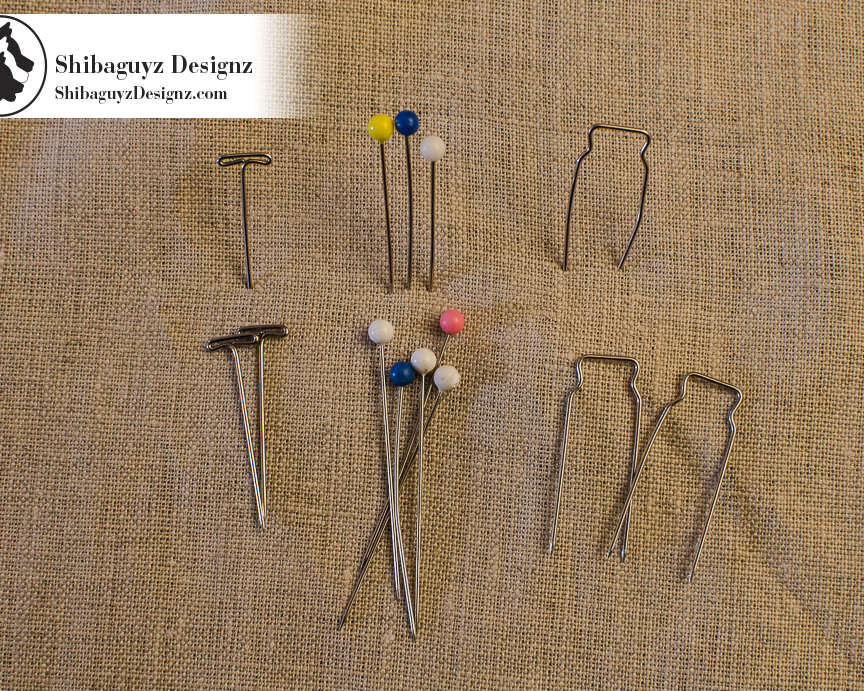
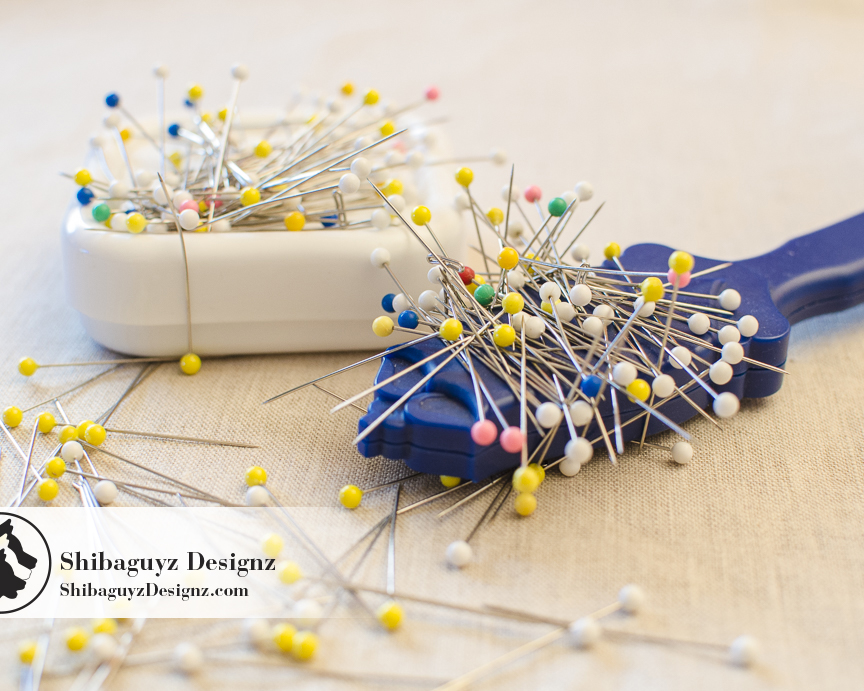
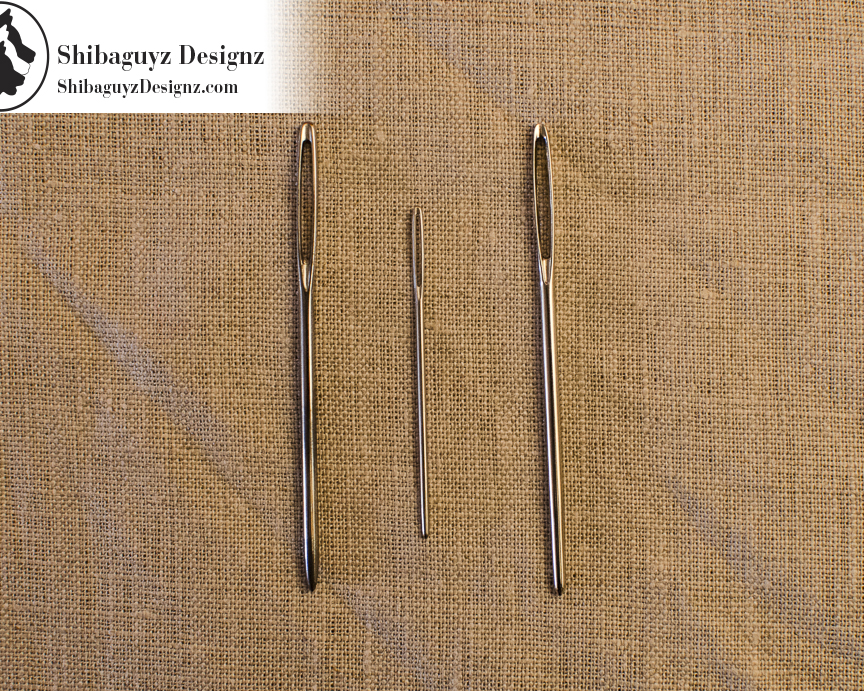
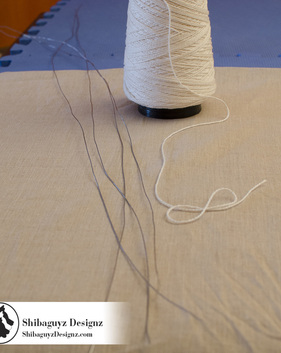
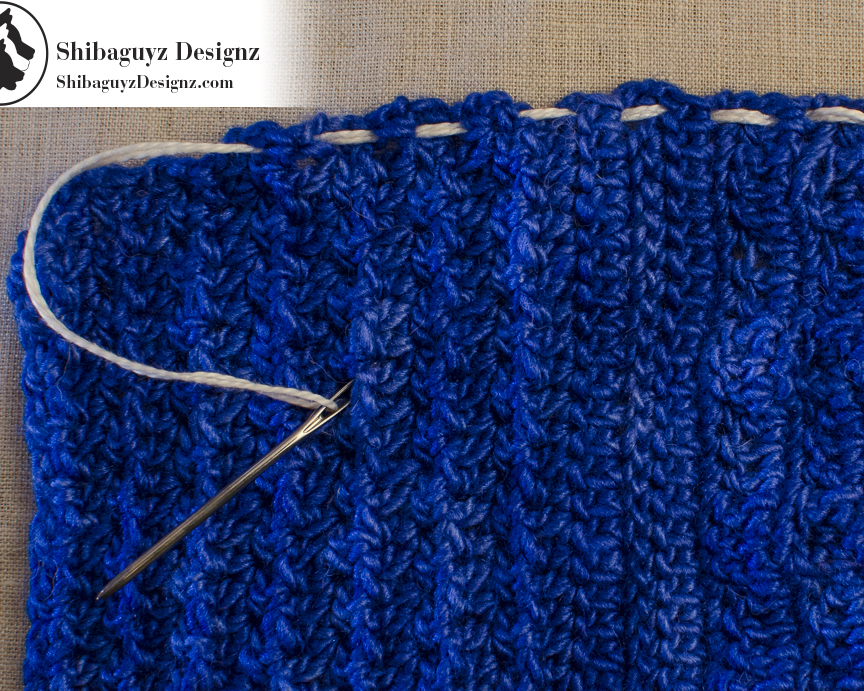
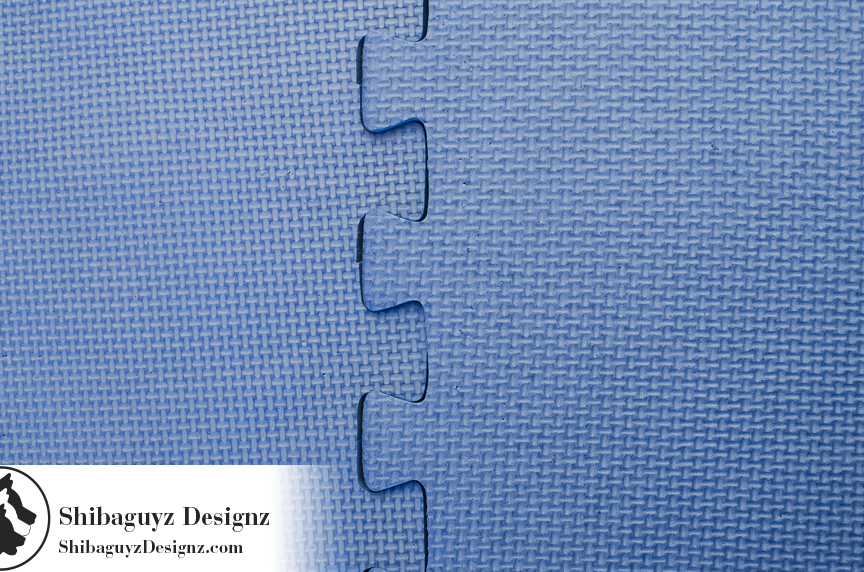
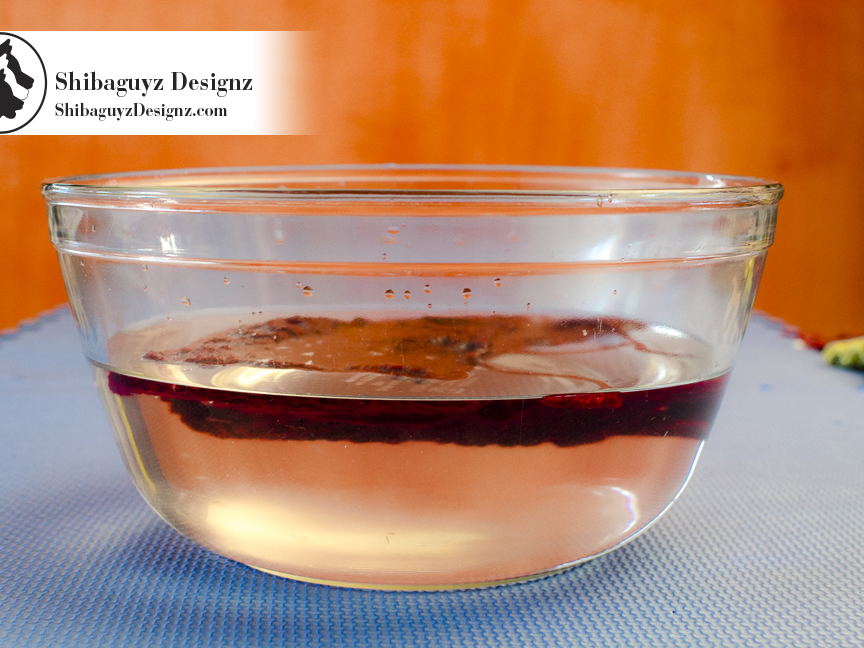
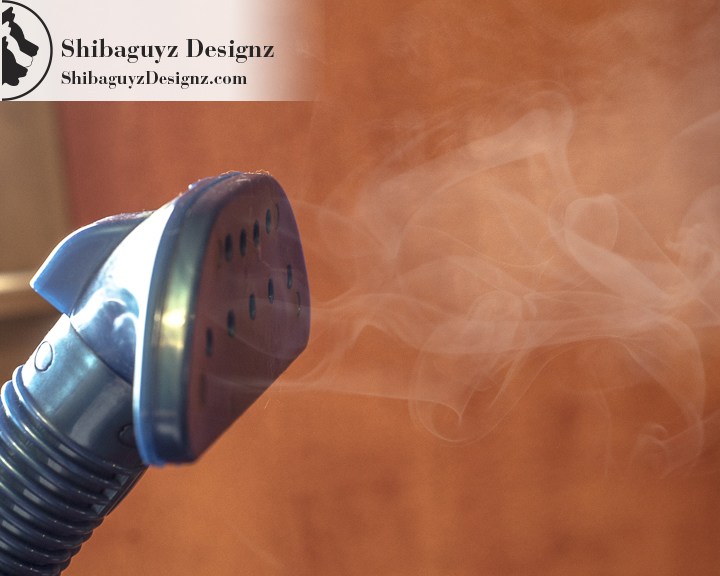
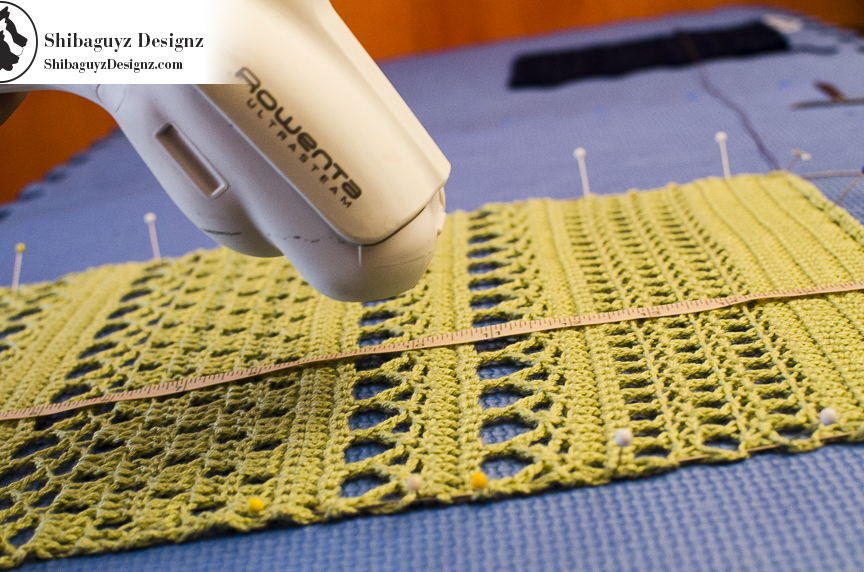
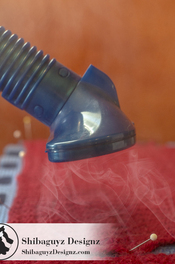
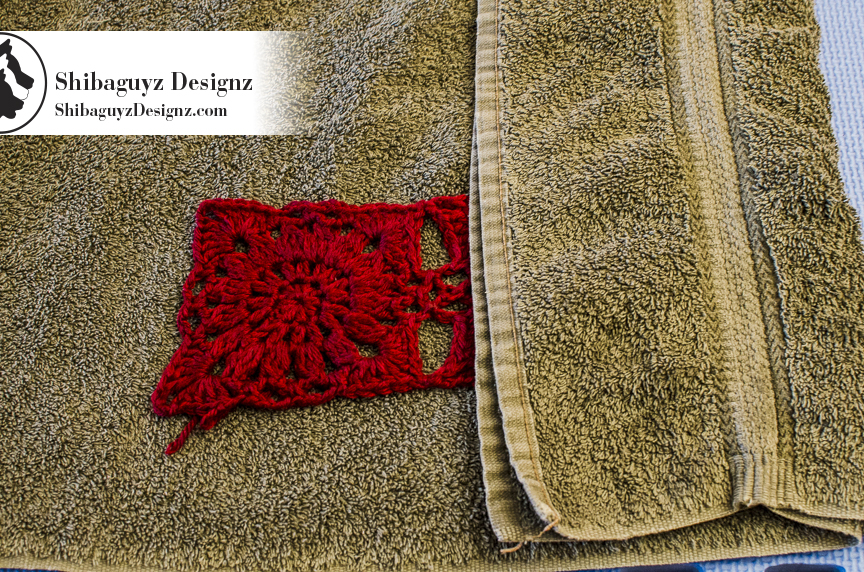
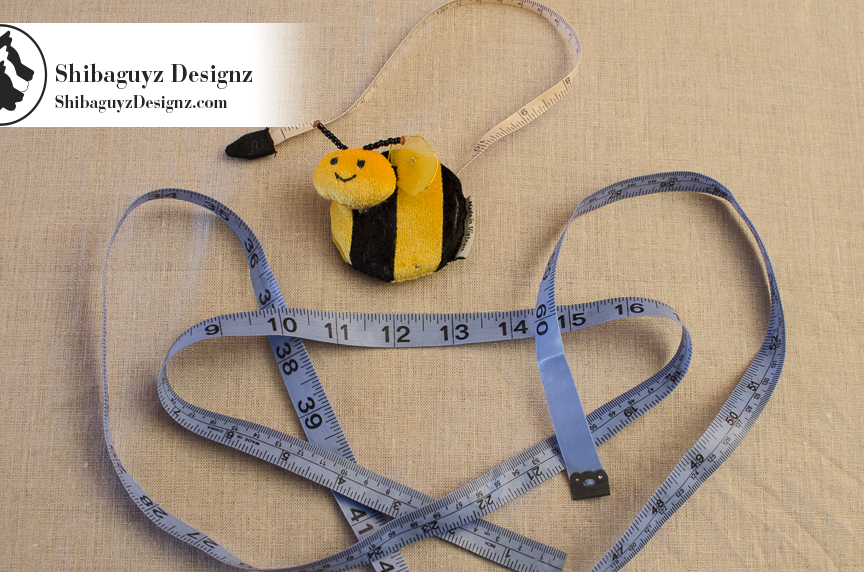
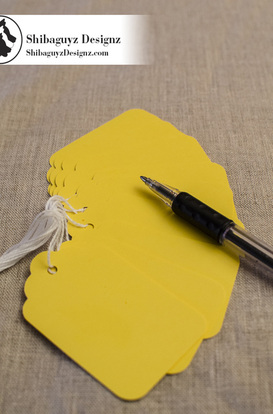
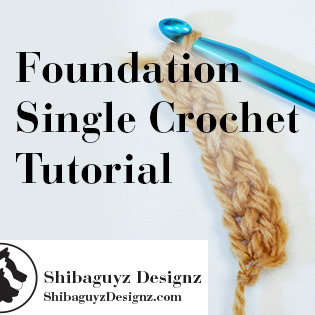

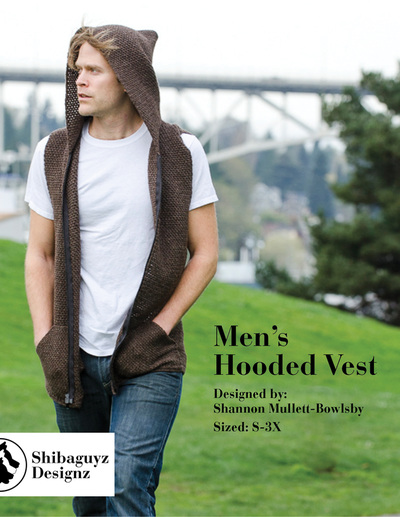
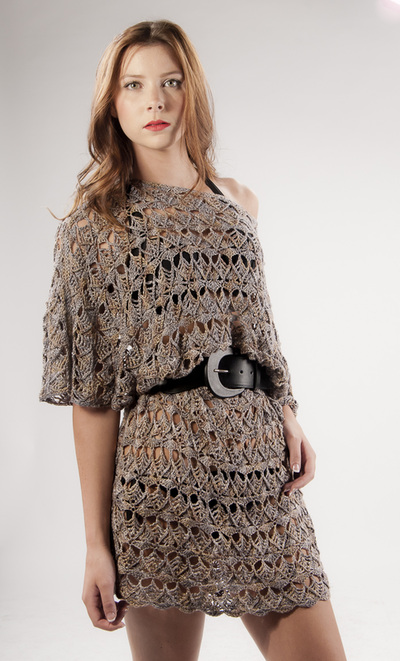
 RSS Feed
RSS Feed

